Optimal Timing for Foundation Repairs
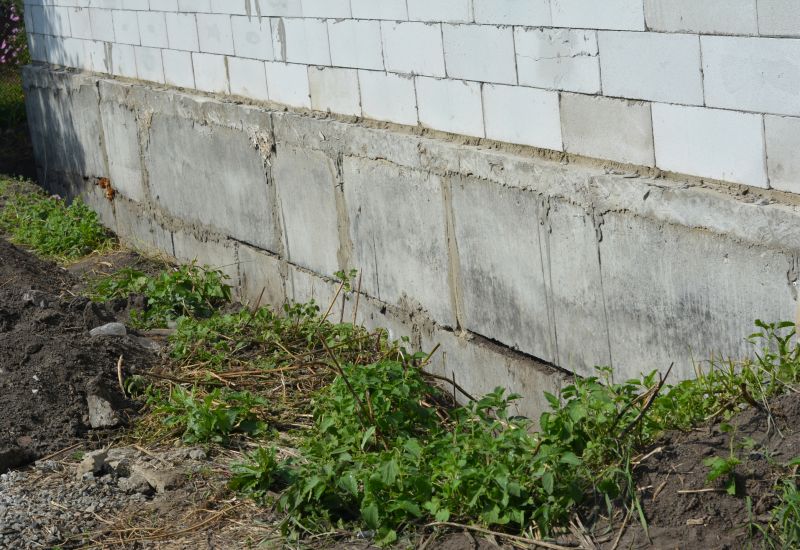
Spring offers moderate temperatures and stable ground conditions, making it an ideal time for repairs.
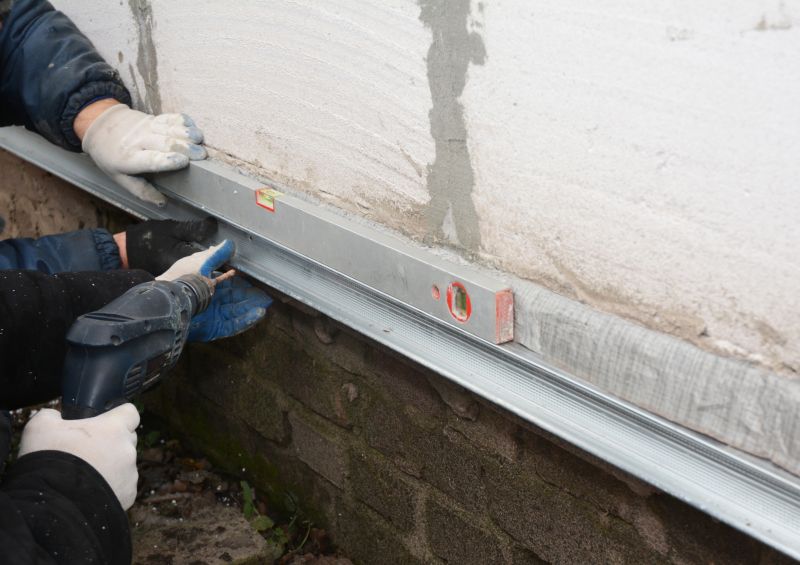
Summer can be suitable when soil moisture levels are consistent, reducing the risk of further shifting.
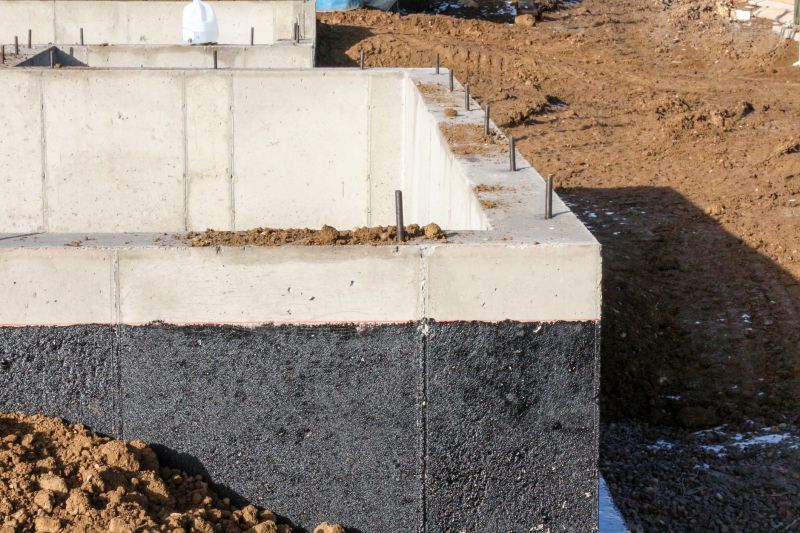
Fall provides cooler weather and less chance of extreme conditions, facilitating effective repairs.
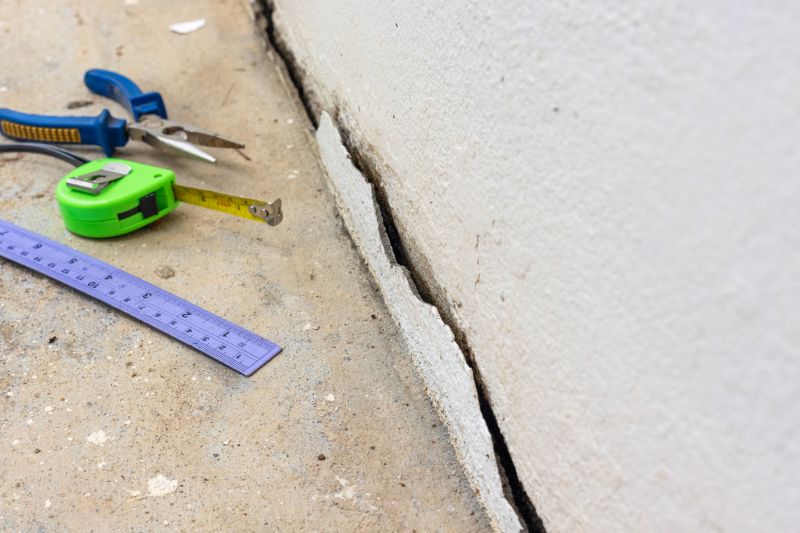
Ways to make Foundation Repairs work in tight or awkward layouts.
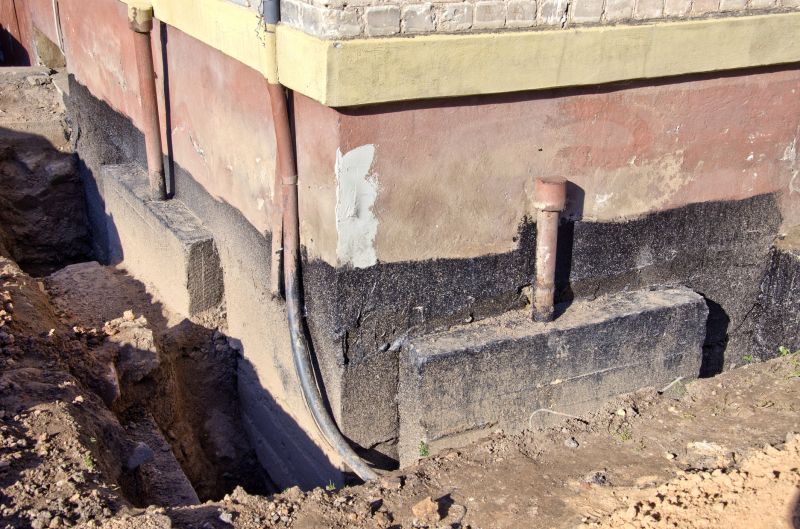
Popular materials for Foundation Repairs and why they hold up over time.
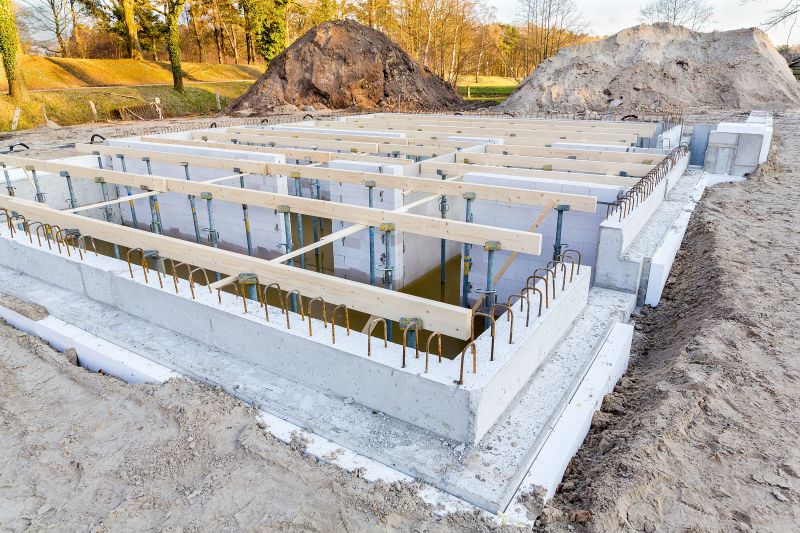
Simple add-ons that improve Foundation Repairs without blowing the budget.
Foundation repairs are essential for maintaining the structural integrity of a building. The timing of repairs can influence their effectiveness and longevity. Factors such as soil moisture, temperature, and weather conditions play a significant role in determining the optimal time for addressing foundation issues. Repairing during favorable weather conditions minimizes complications and ensures better results.
In regions like Michigan, seasonal variations impact foundation stability. Cold winters can cause soil contraction, while wet springs may lead to soil expansion. Timing repairs during periods of stable soil conditions helps prevent further damage and reduces the likelihood of recurring issues.
Temperature fluctuations cause soil to expand and contract, affecting foundation stability.
Avoiding repair during extreme weather minimizes risks such as flooding or soil shifting.
Consistent moisture levels support effective foundation stabilization efforts.
Planning repairs during moderate seasons reduces delays and improves outcomes.
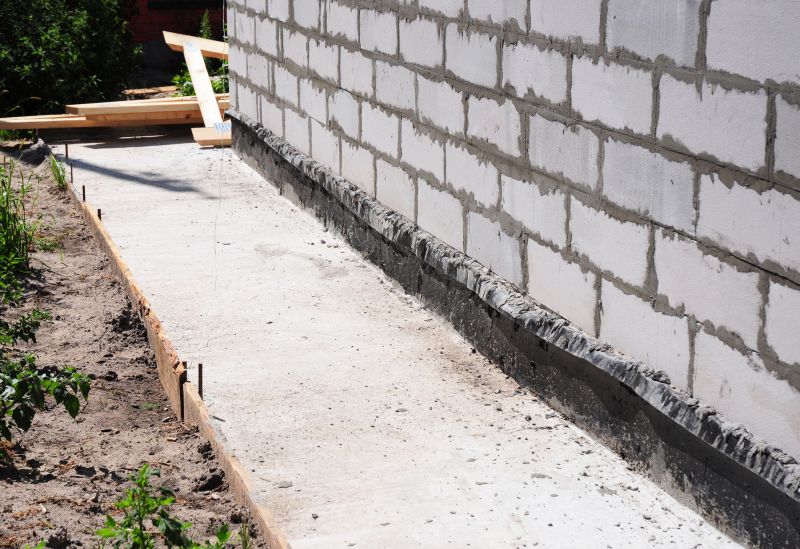
Visual overview of foundation stabilization techniques.
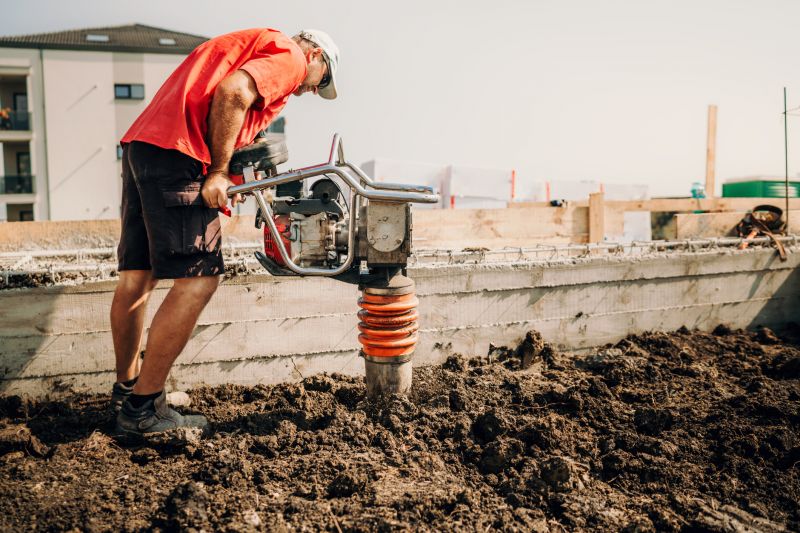
Equipment used for soil and foundation reinforcement.
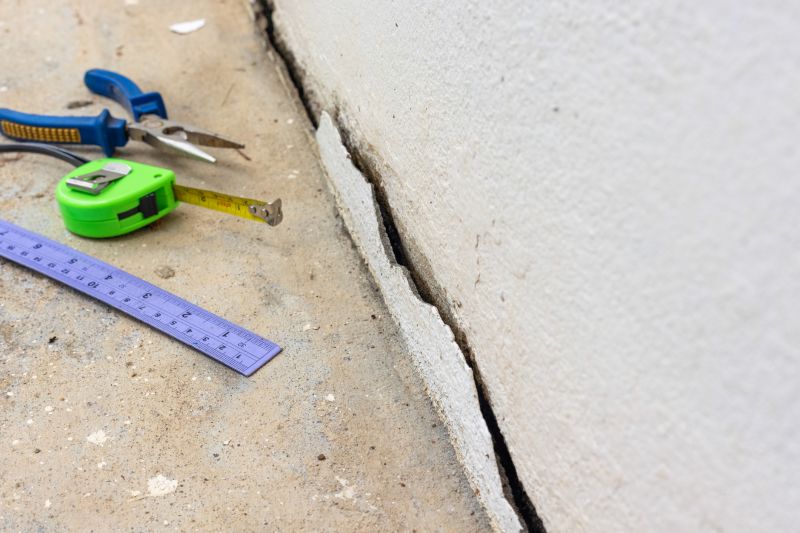
Methods for sealing and reinforcing foundation cracks.

Installation of piers to lift and stabilize the foundation.
| Season | Ideal Repair Conditions |
|---|---|
| Spring | Moderate soil moisture, stable temperatures |
| Summer | Consistent soil moisture, dry weather |
| Fall | Cool temperatures, less extreme weather |
| Winter | Generally not recommended due to freezing conditions |
| Early Spring | Before soil shifts due to thawing |
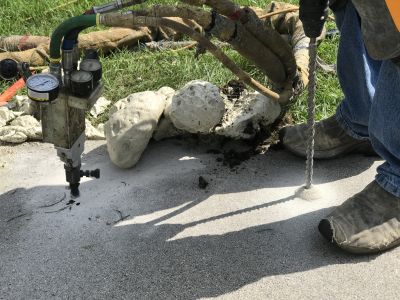
Tools and machinery used in foundation stabilization.
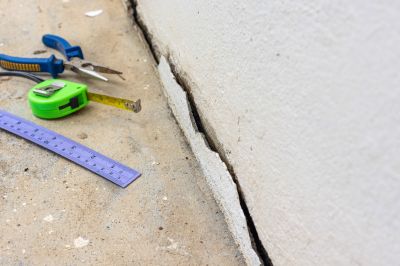
Materials and techniques for sealing foundation cracks.
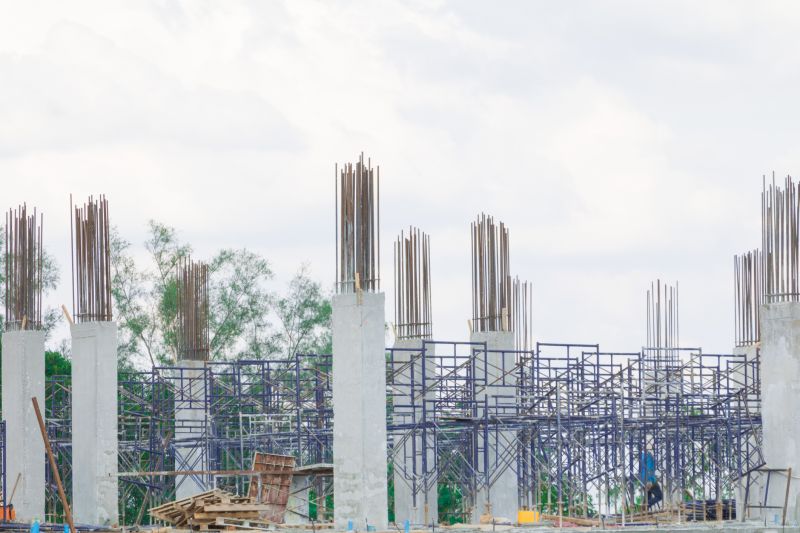
Process of installing piers for foundation support.
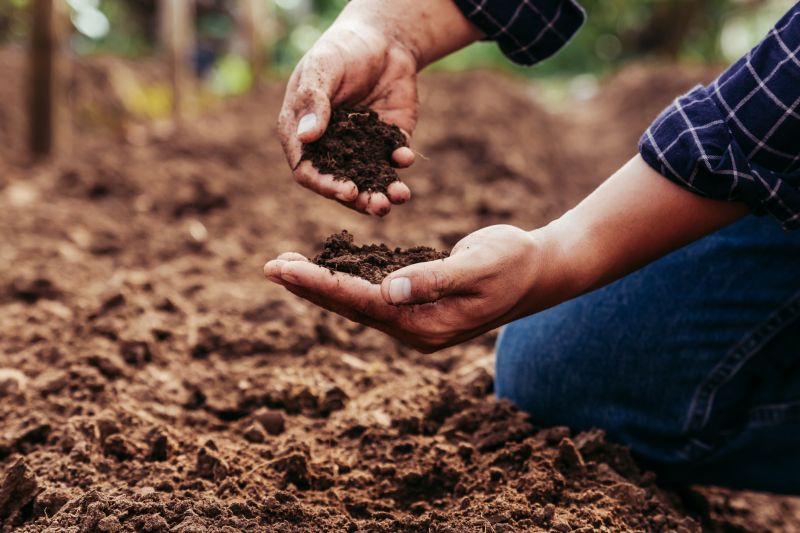
Assessing soil conditions before repairs.
Timely foundation repairs are crucial for preserving property value and preventing costly damages. Understanding seasonal factors helps homeowners choose the best time to undertake repairs, ensuring optimal results. Proper planning and execution contribute to the long-term stability of the structure.
Interested property owners should consider scheduling foundation assessments during periods of stable weather. Consulting with foundation specialists can provide tailored recommendations based on local climate patterns and soil conditions.
Professional evaluation to identify repair needs and timing.
Planning repairs during favorable seasons for best results.
Addressing minor issues early to avoid major repairs later.

